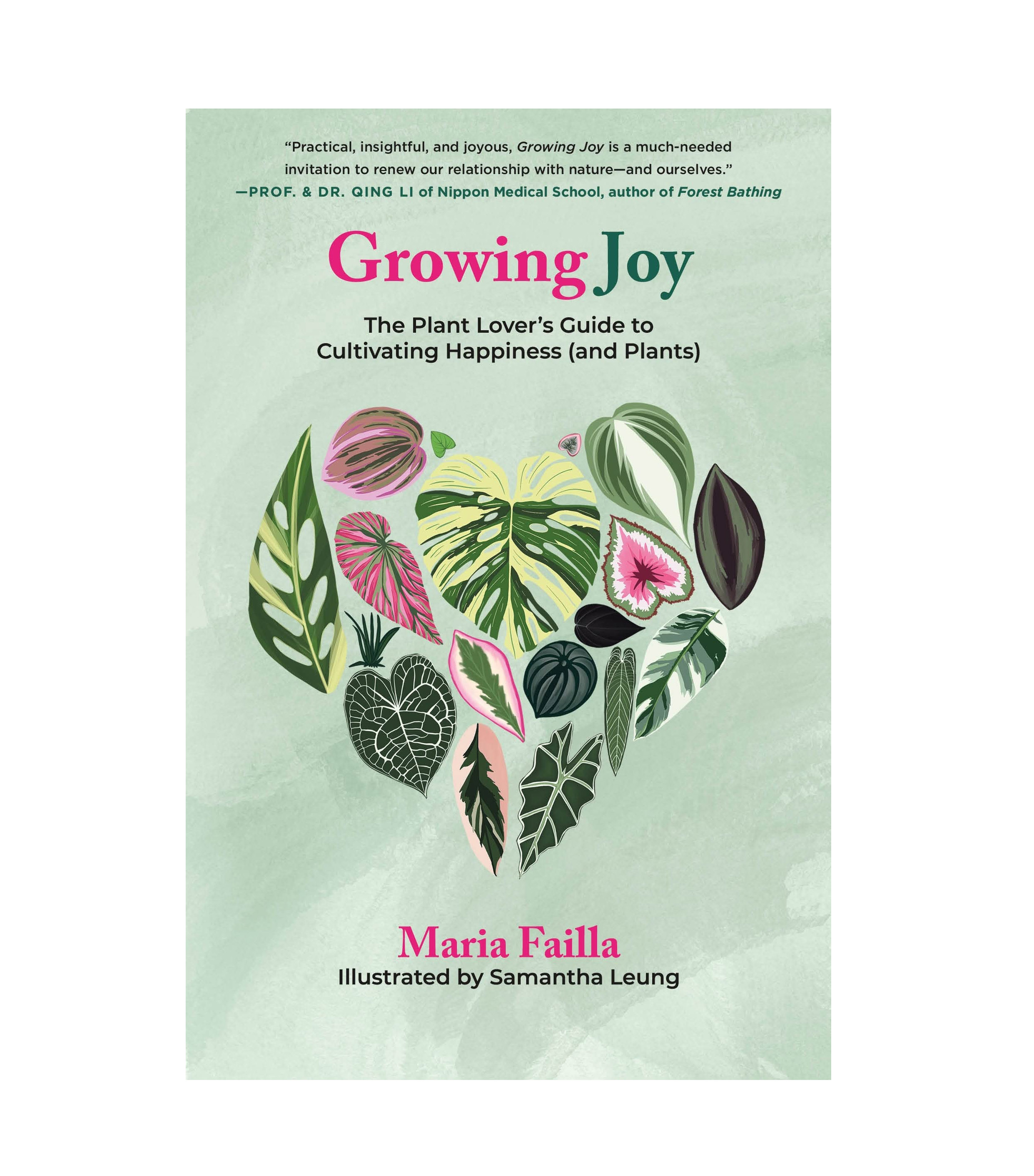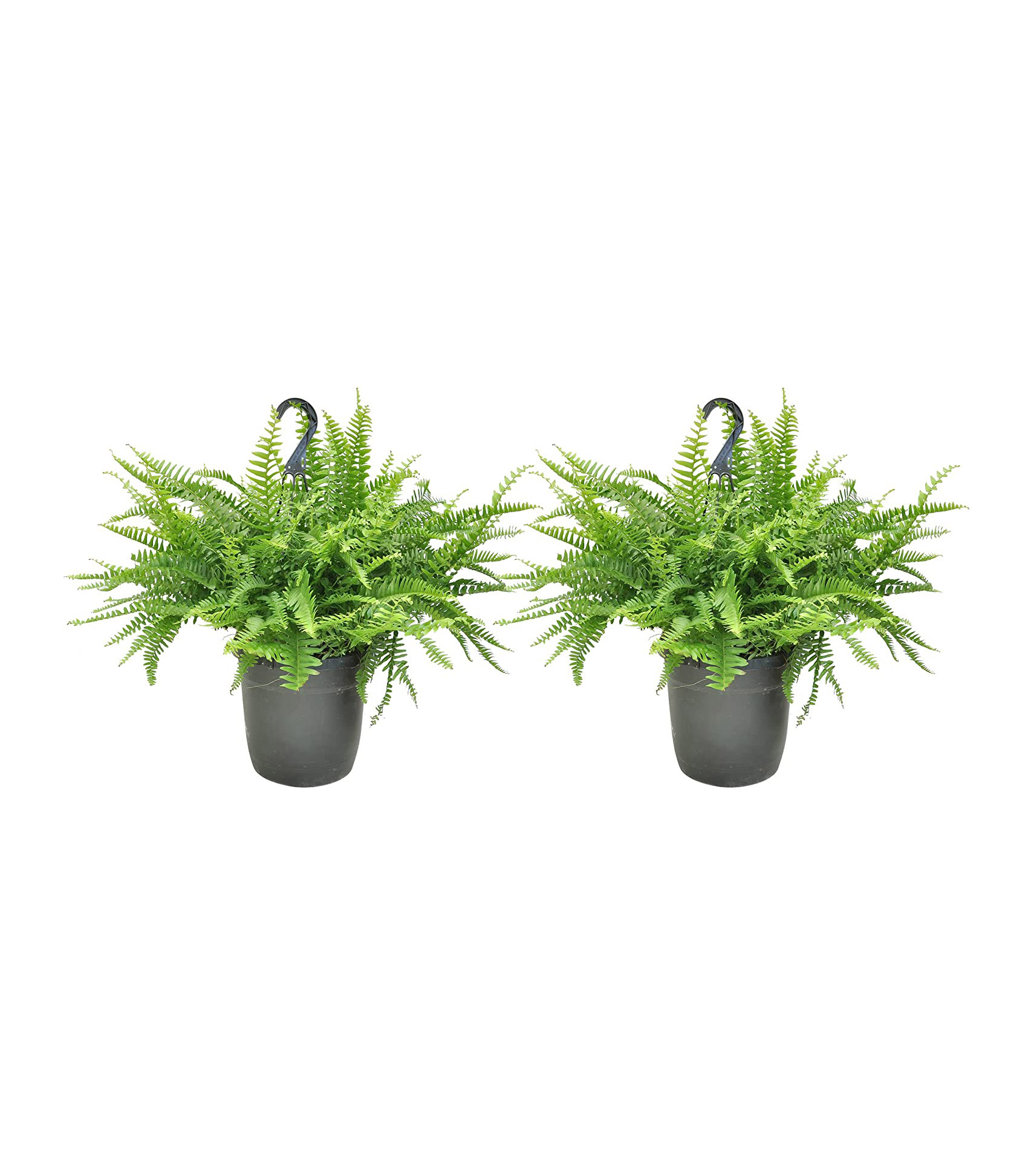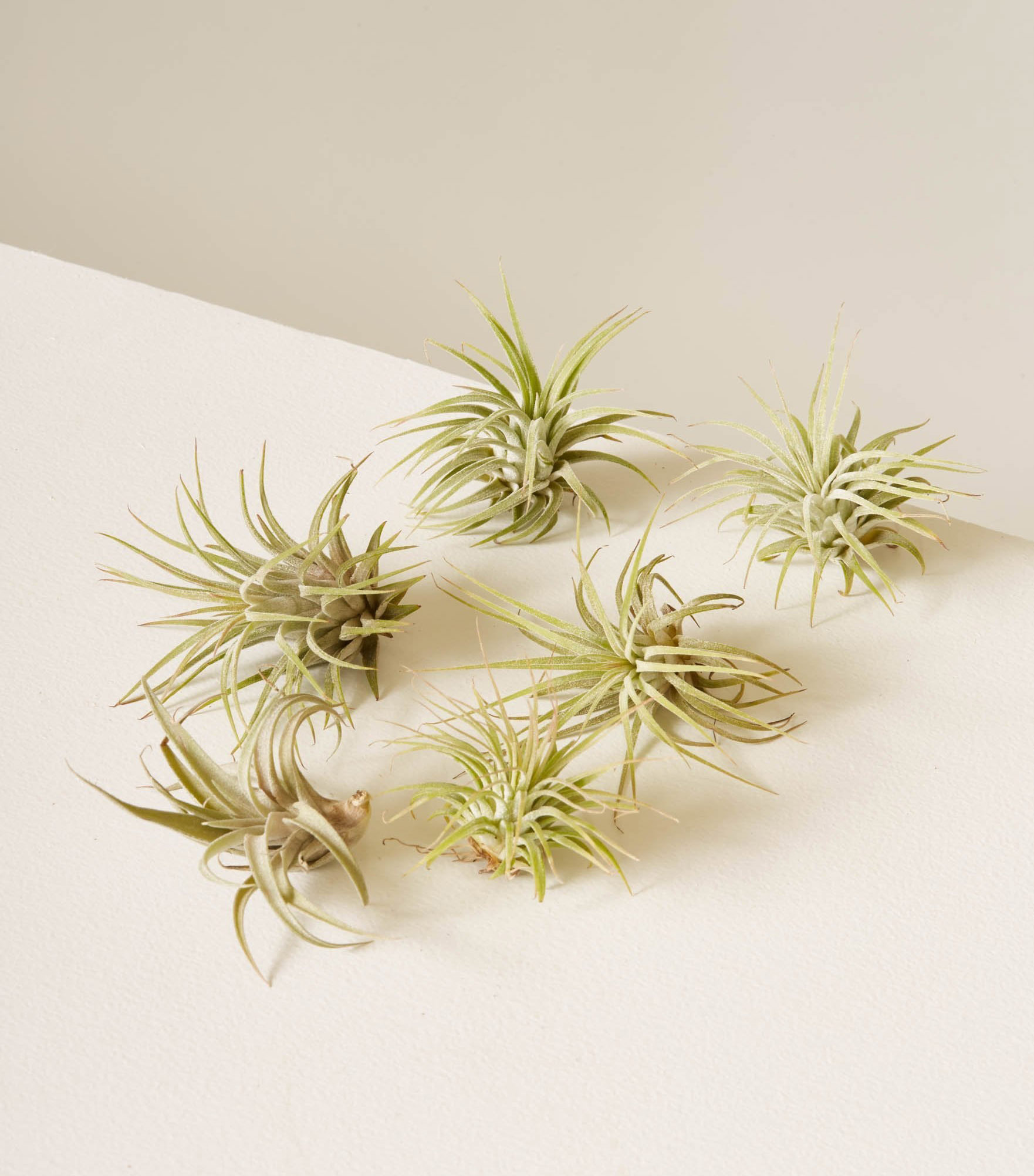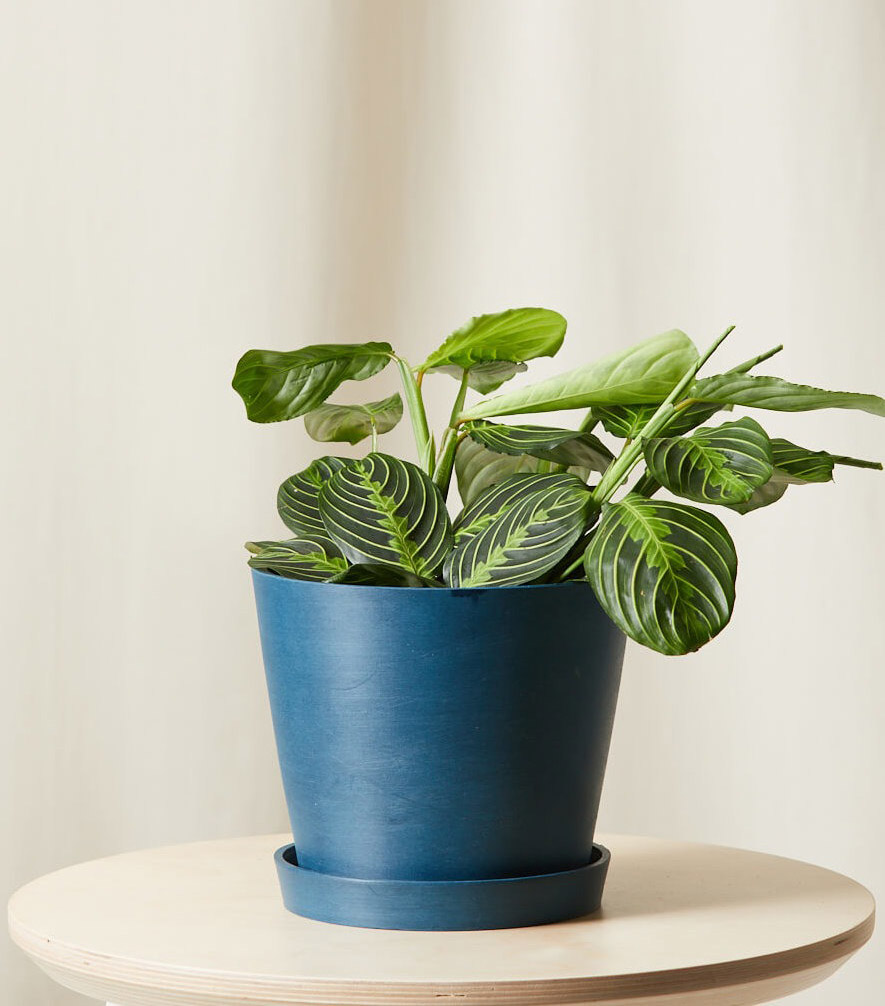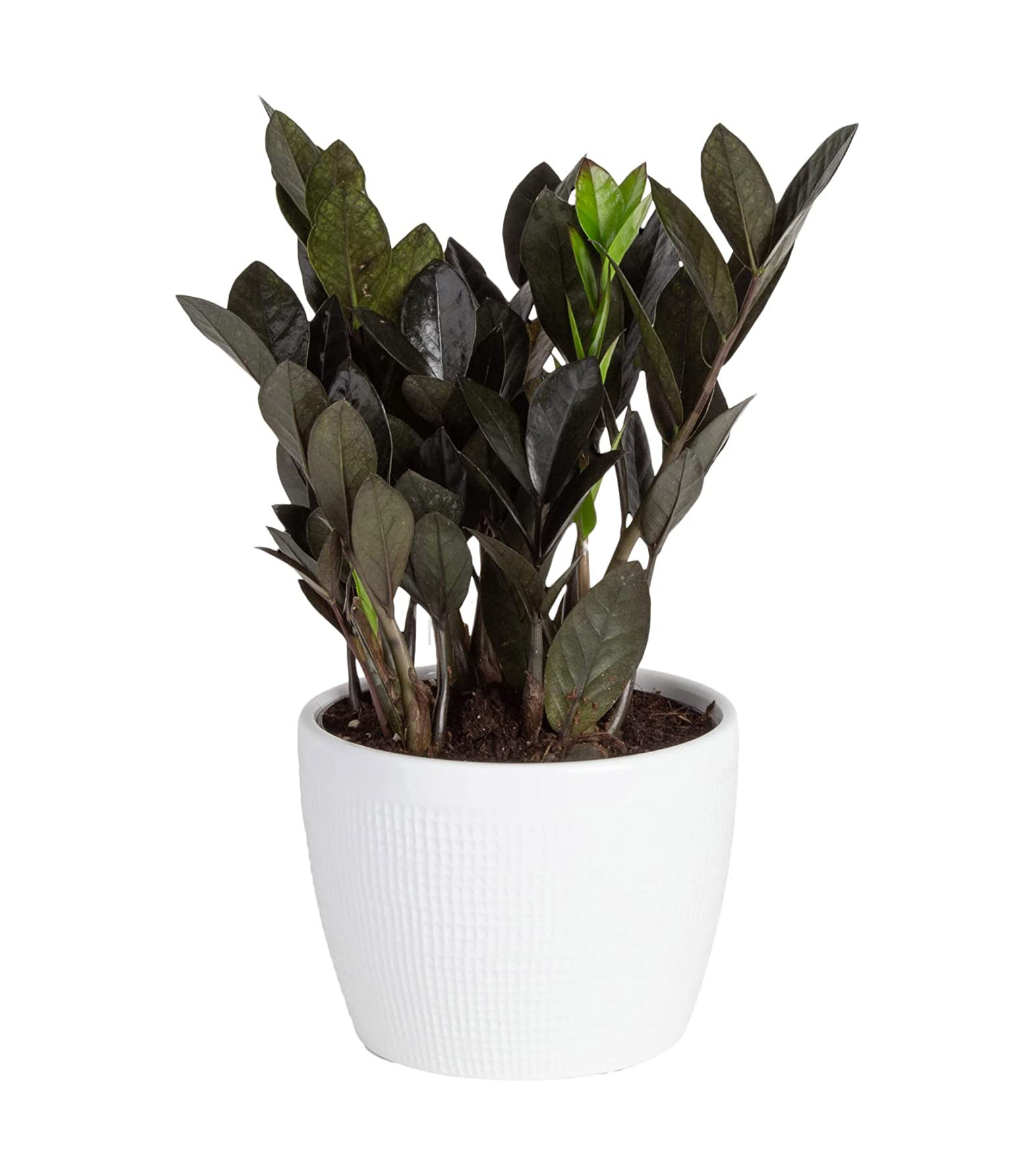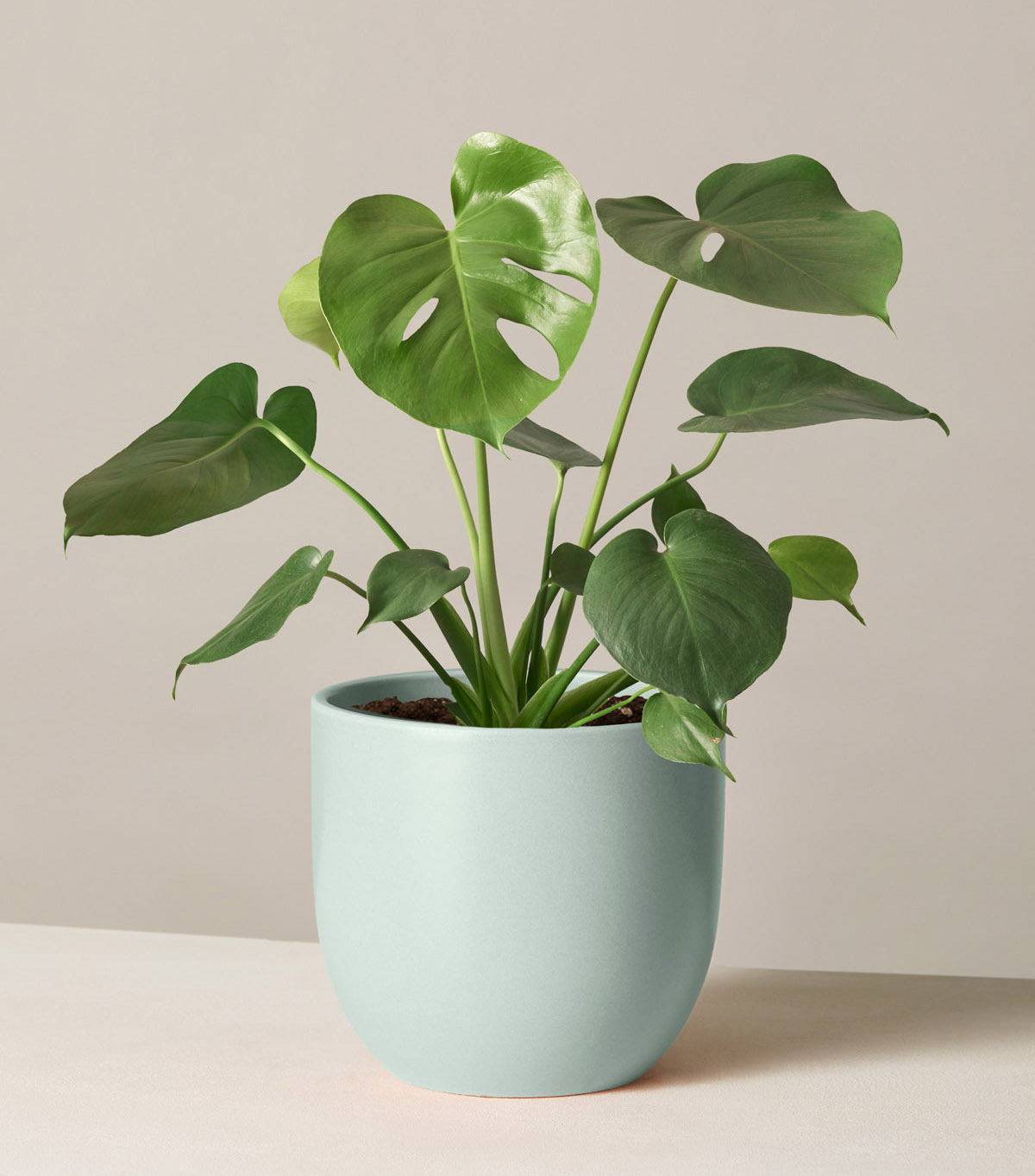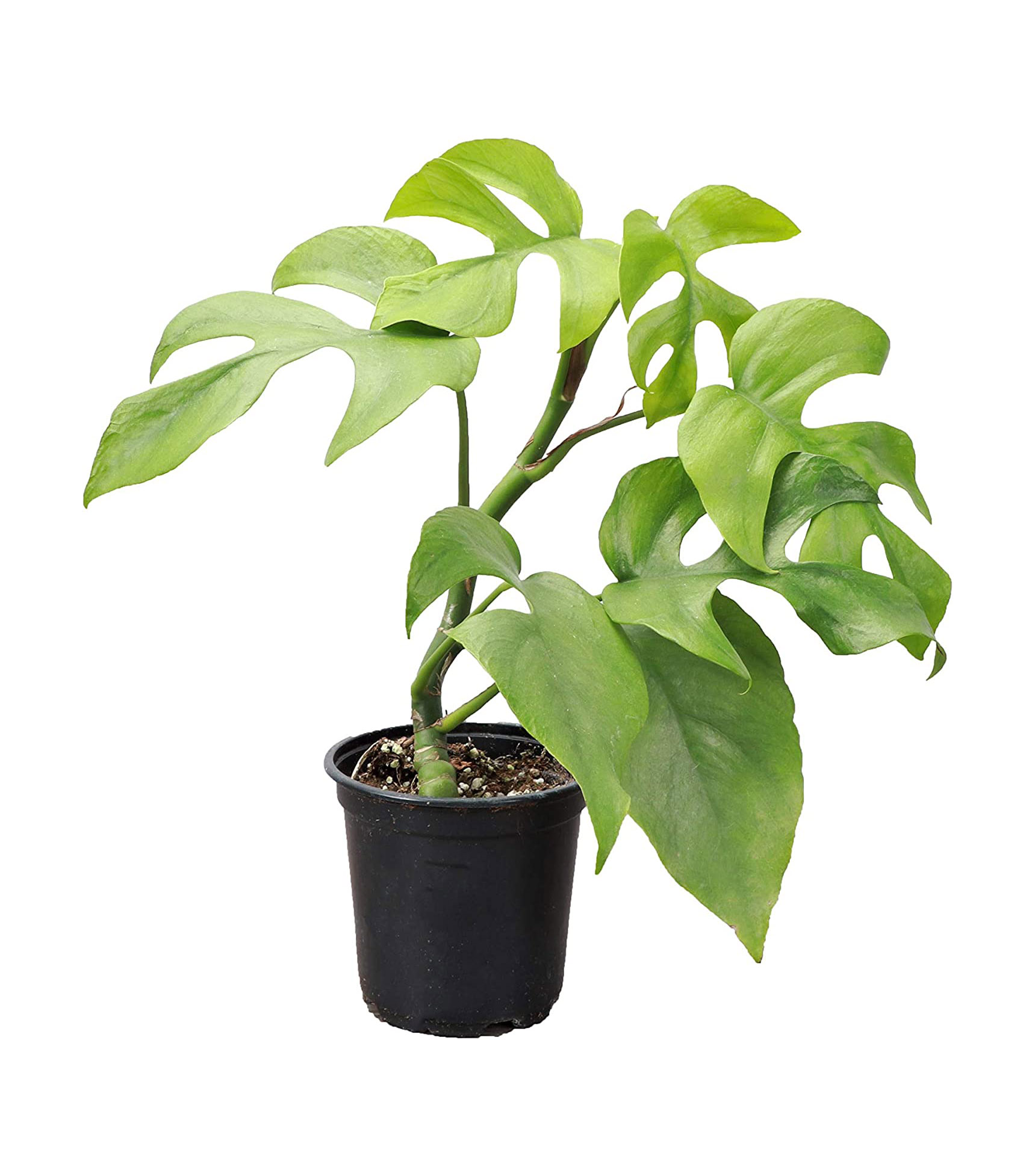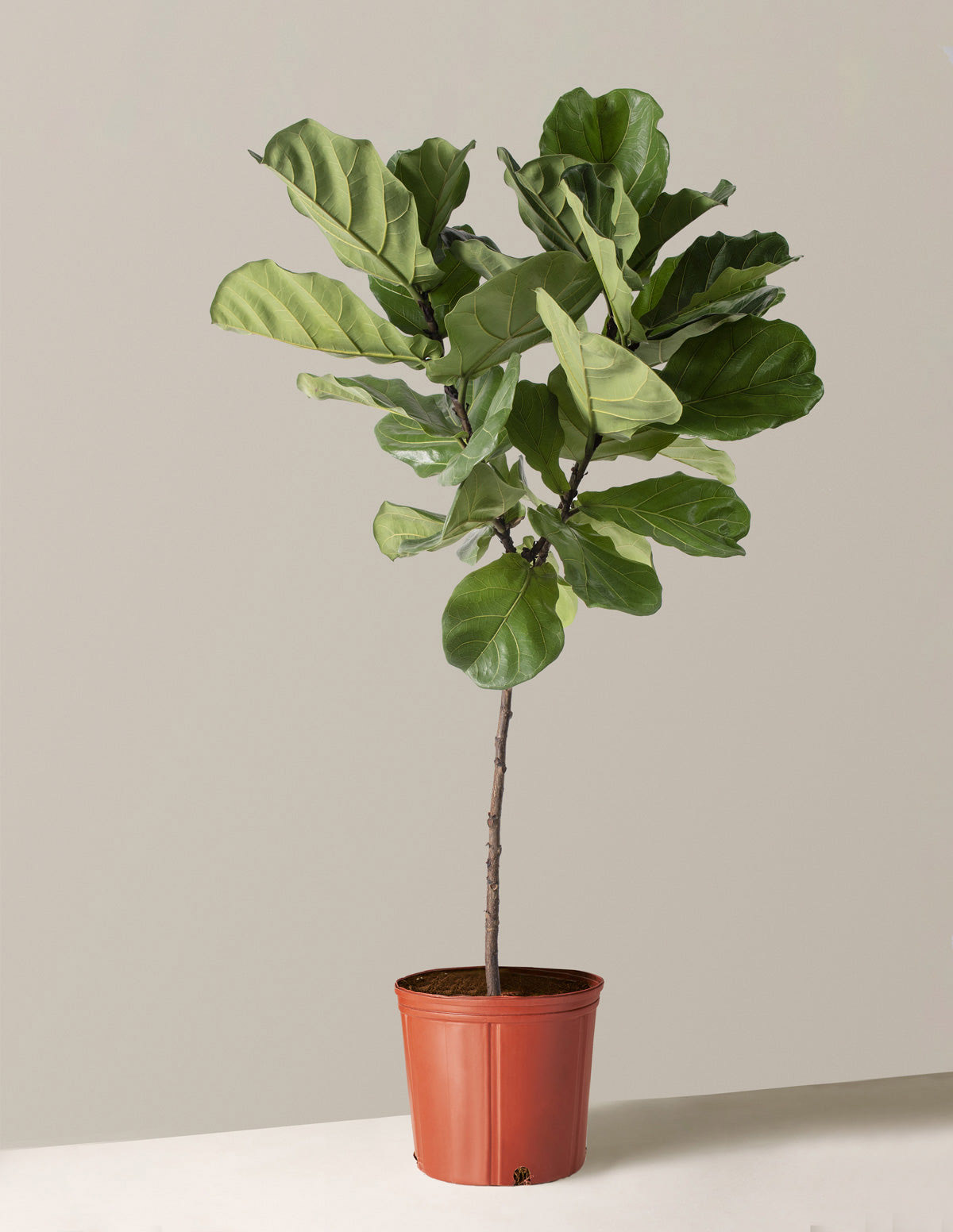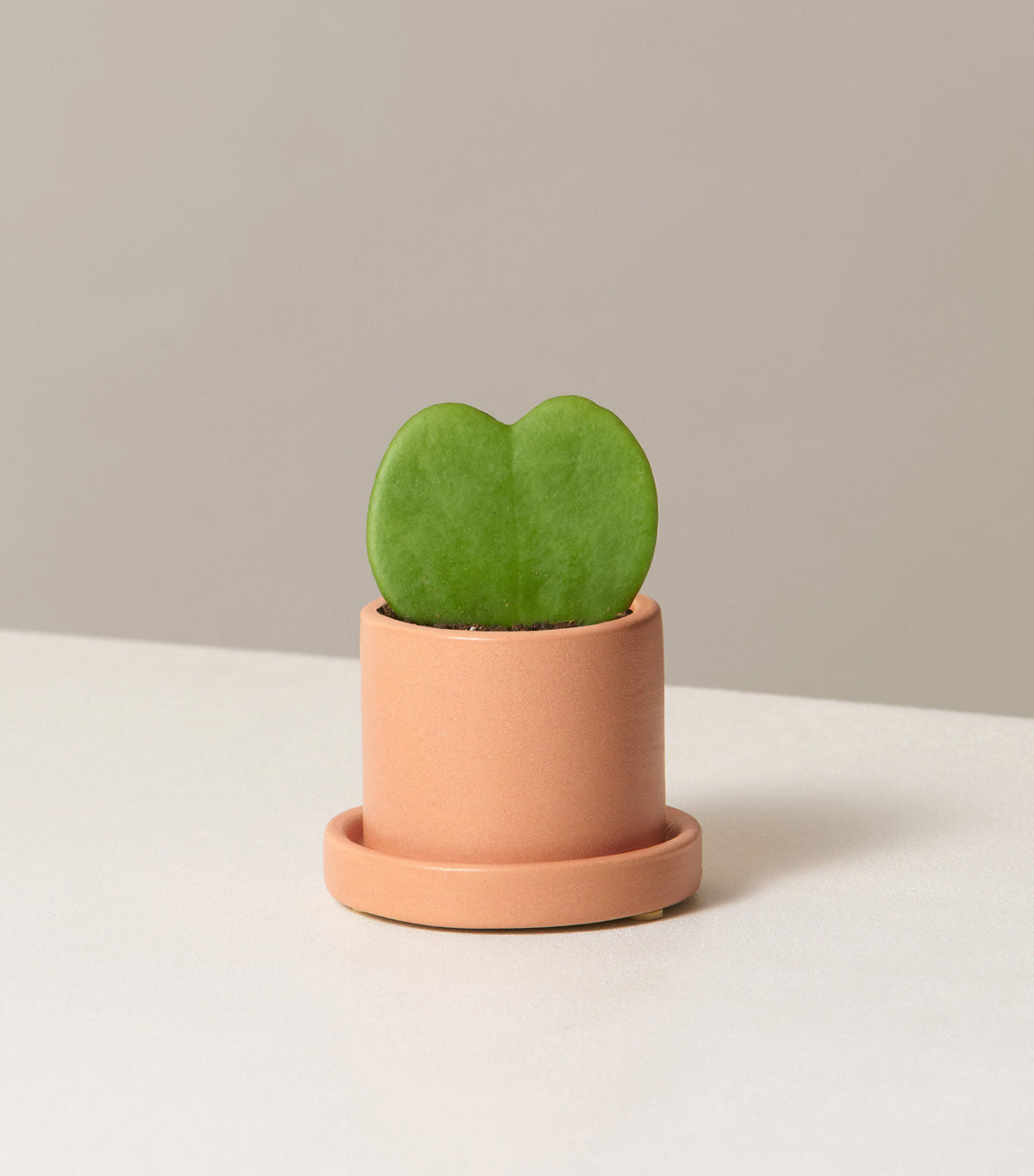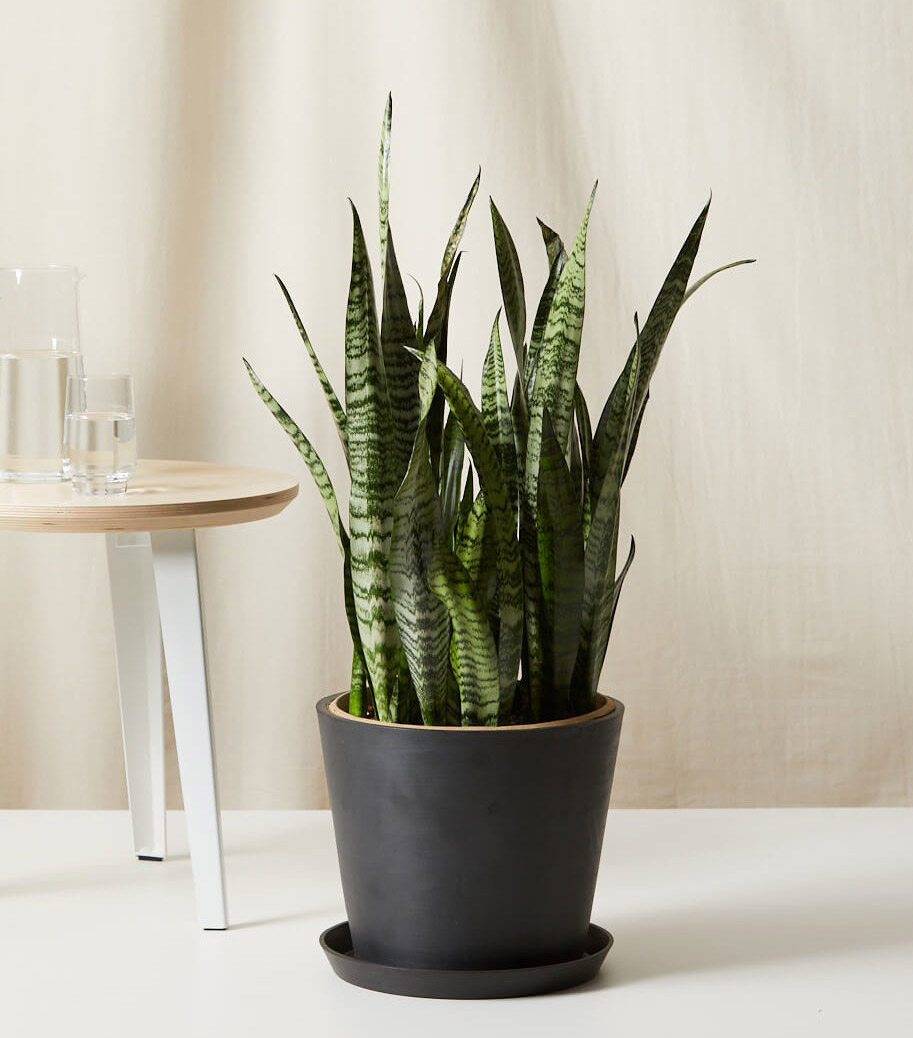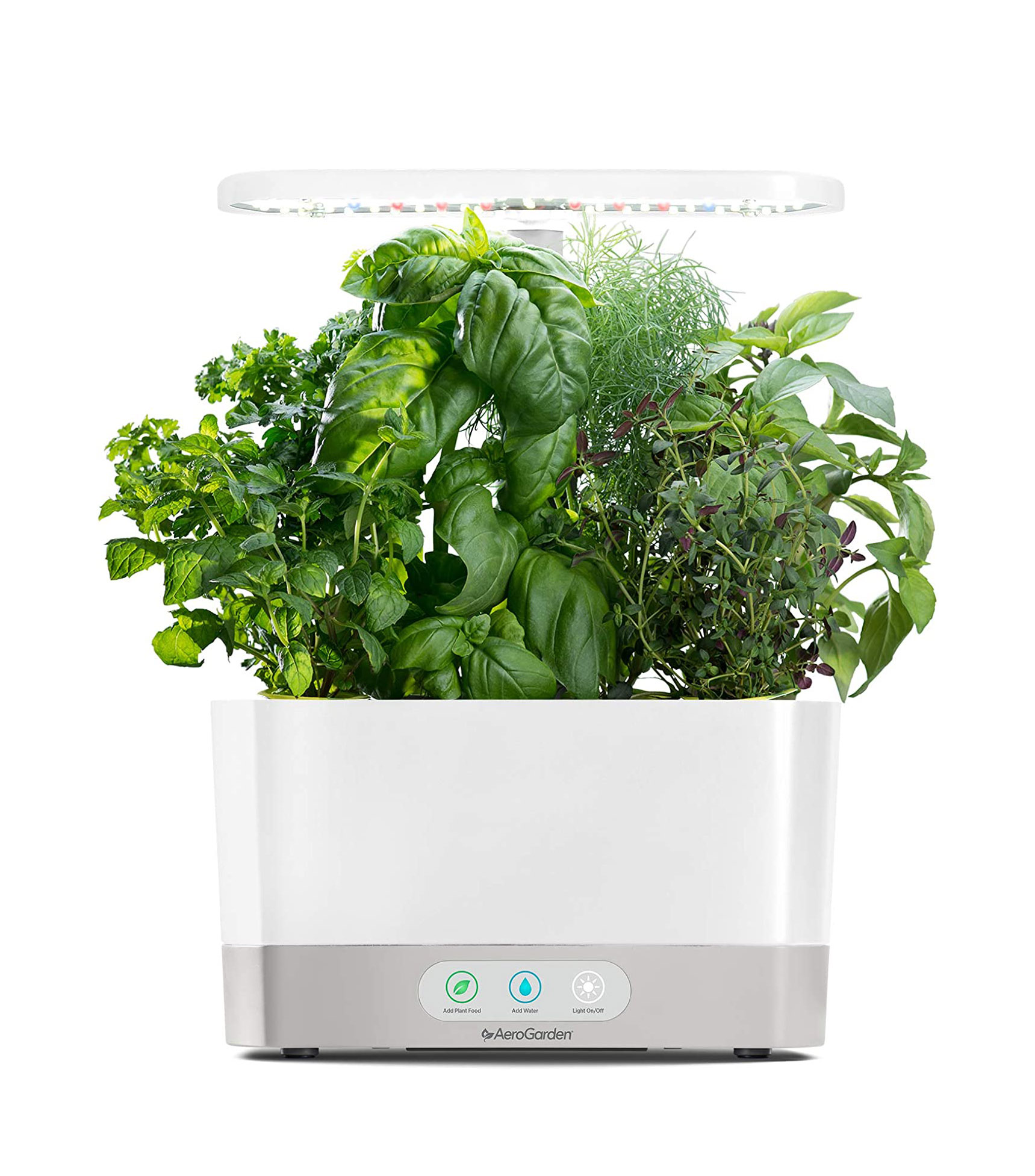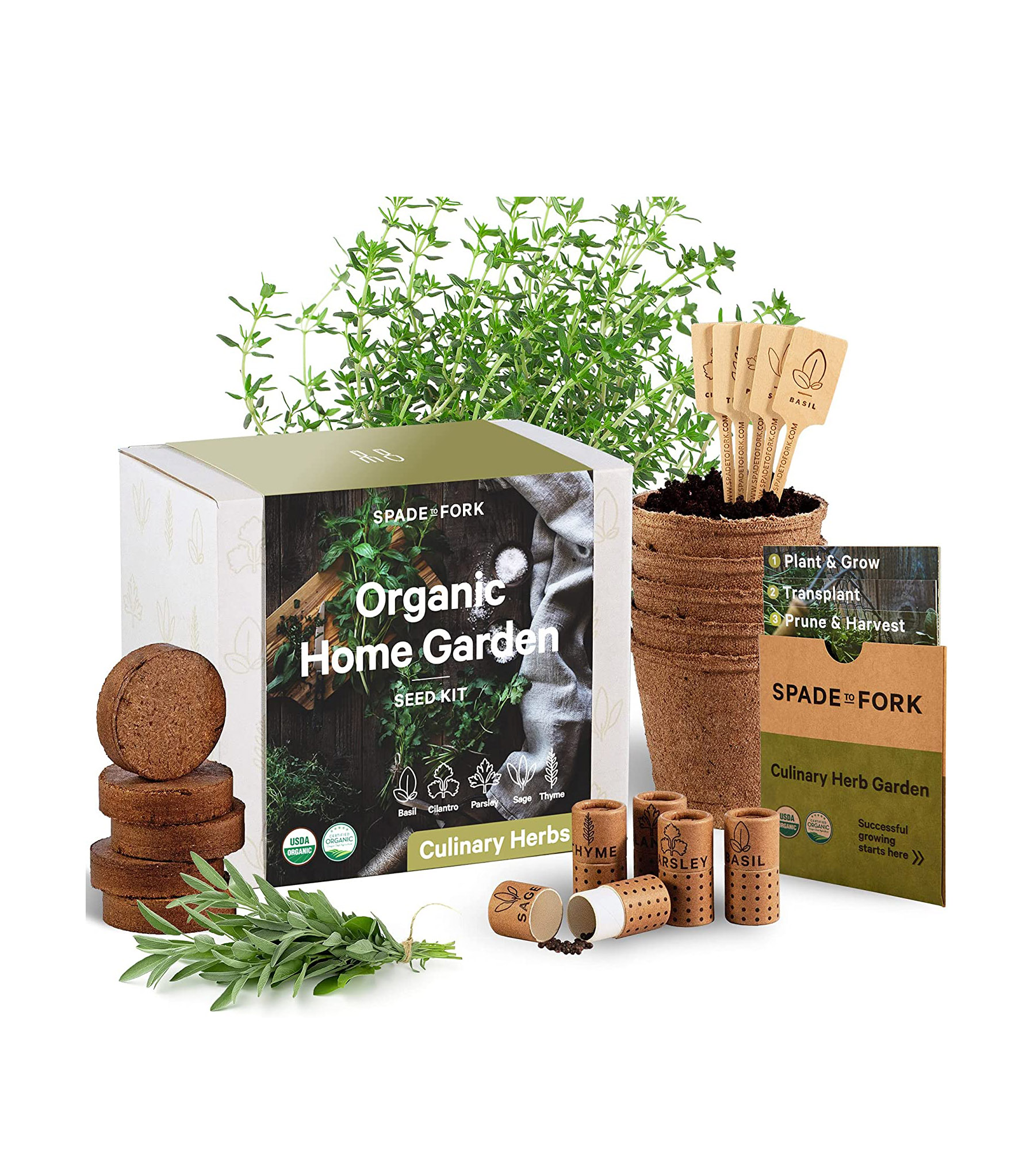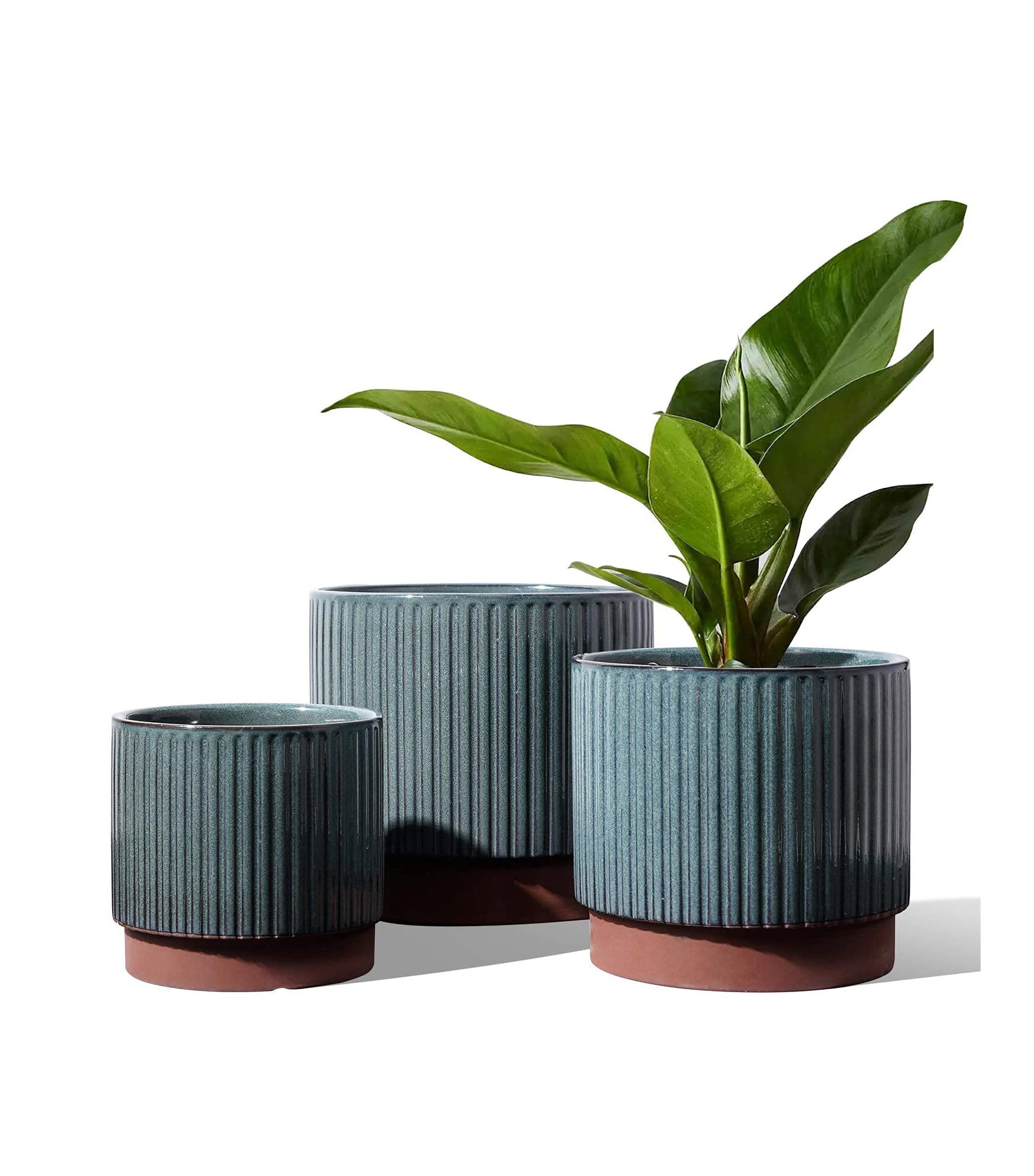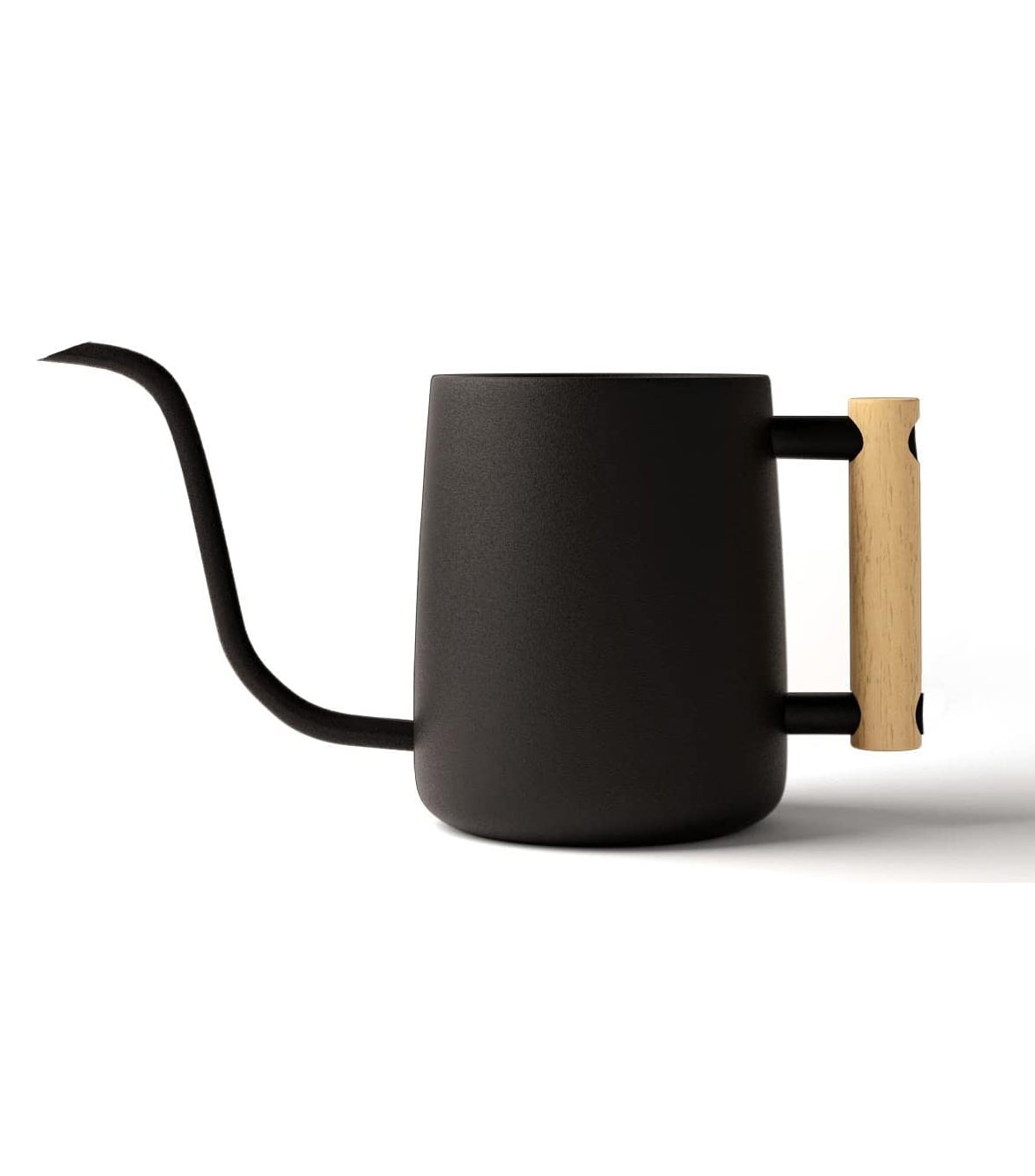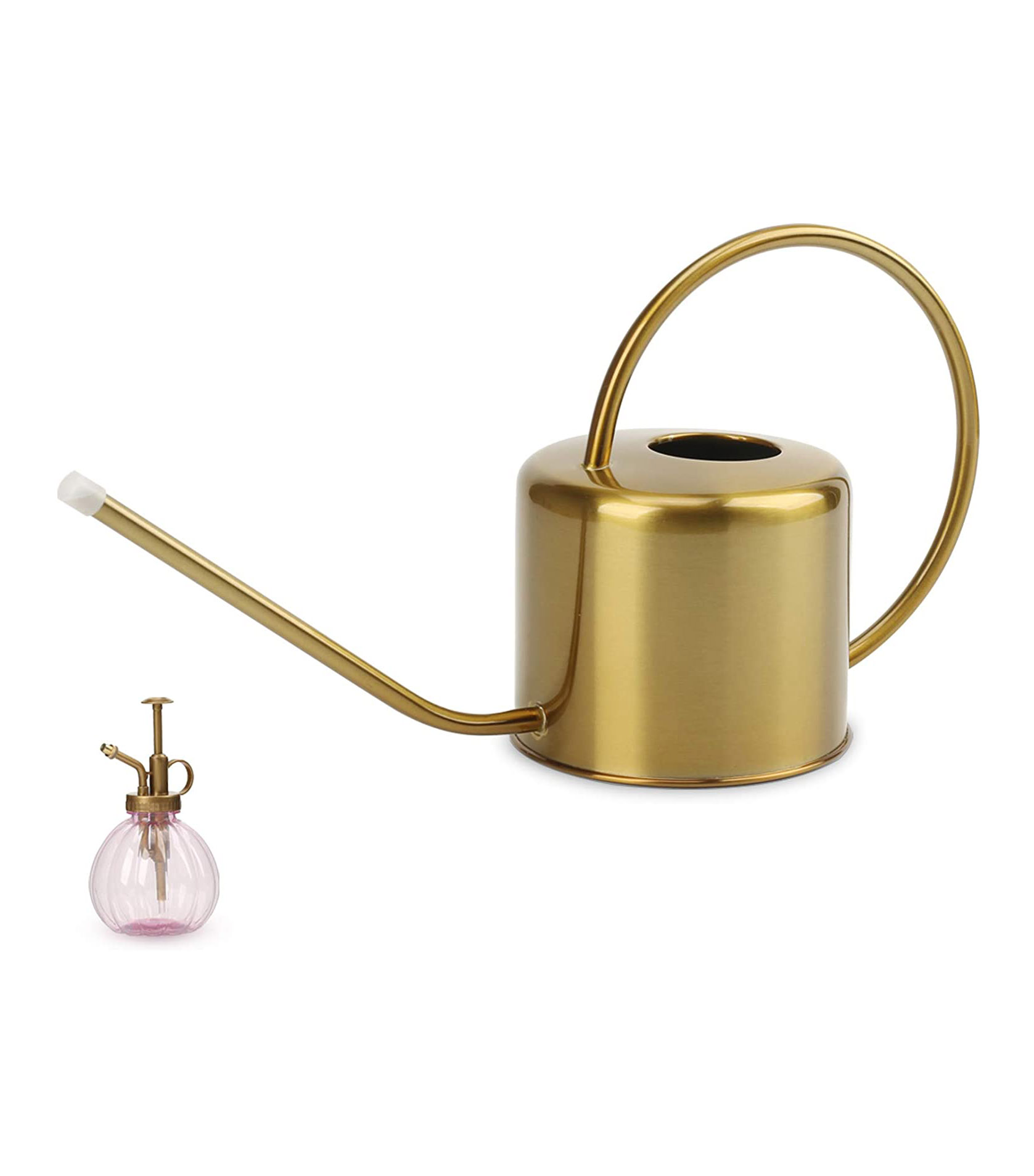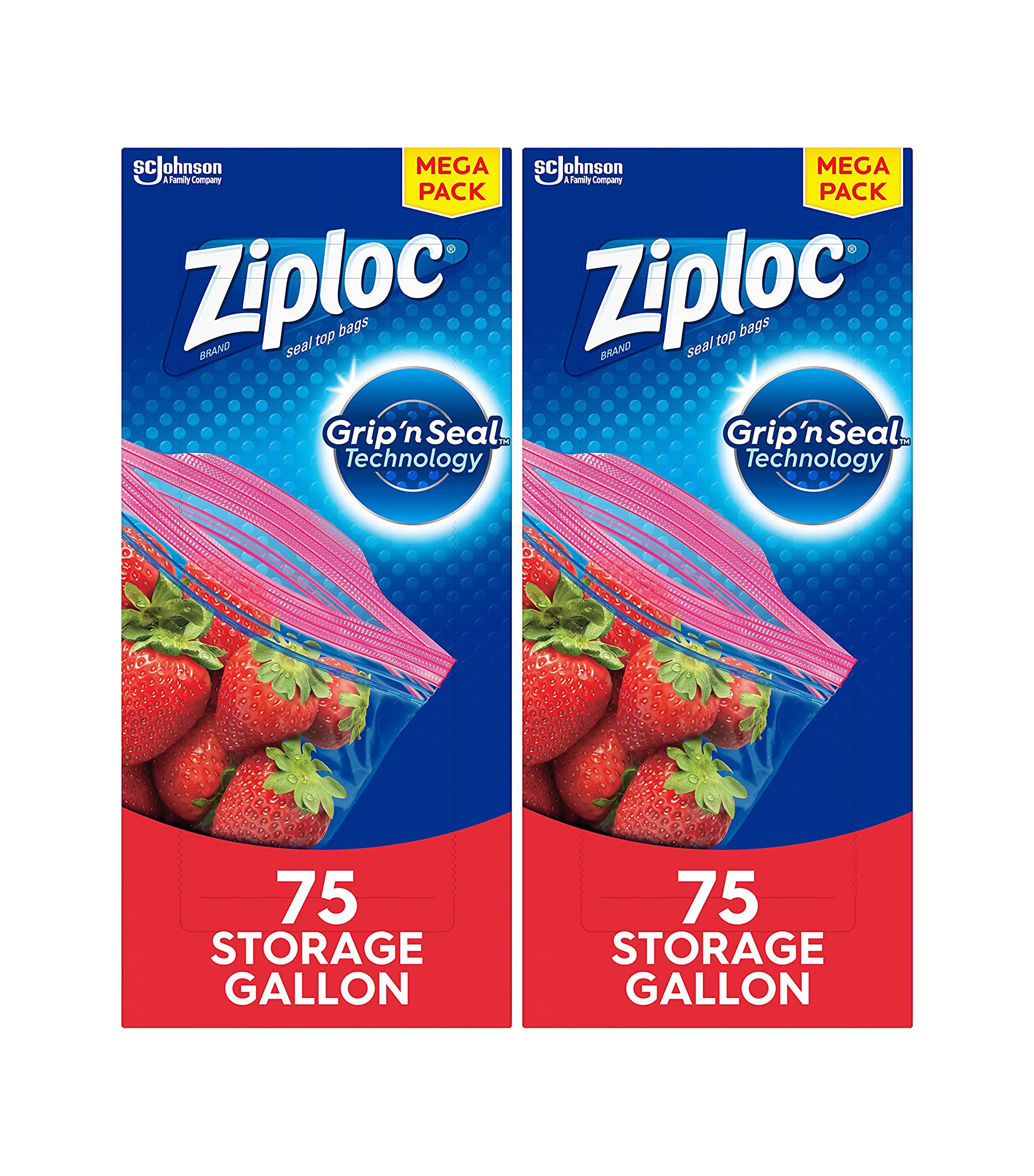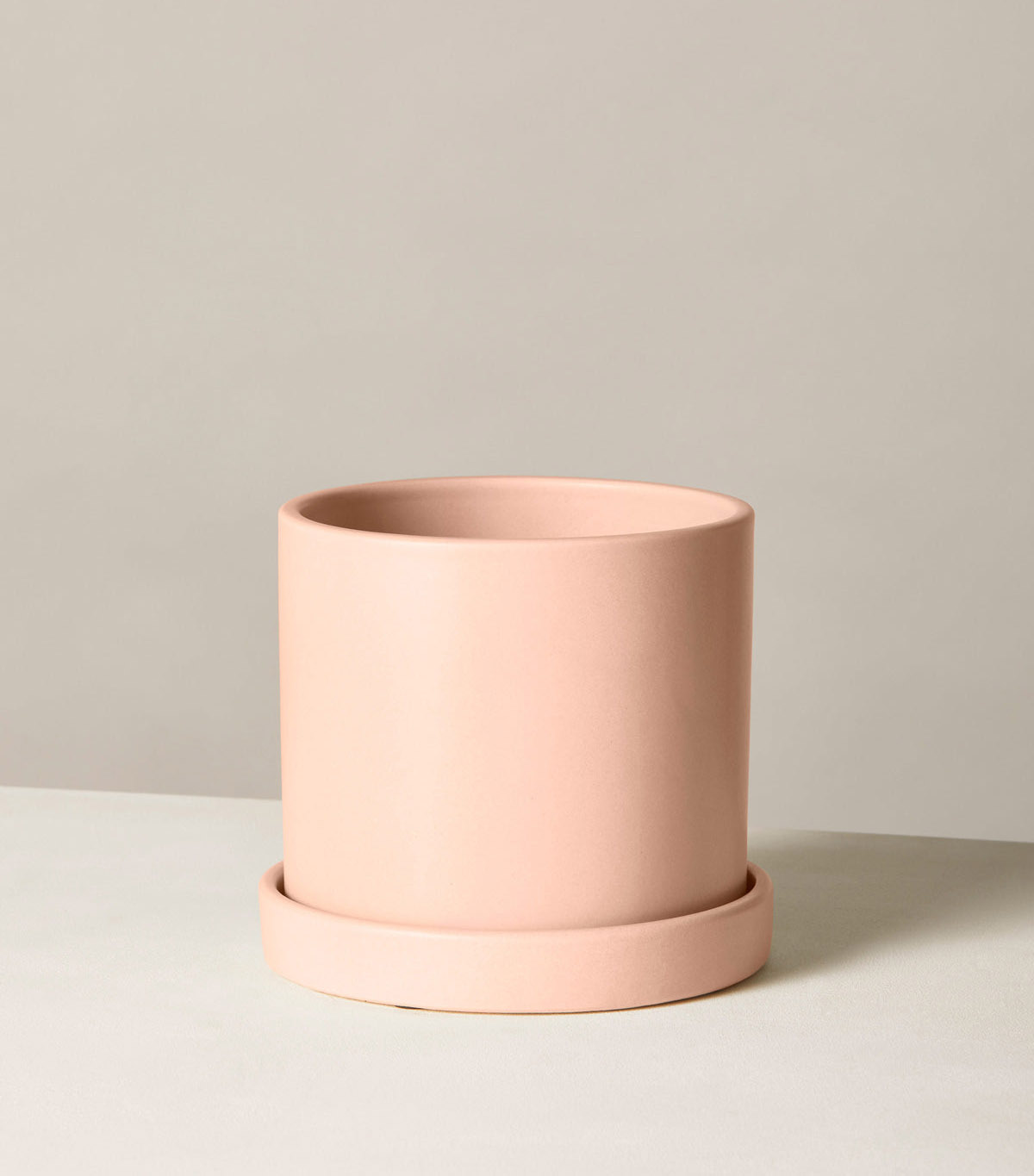How to Choose a Plant Based on Your Personality Type
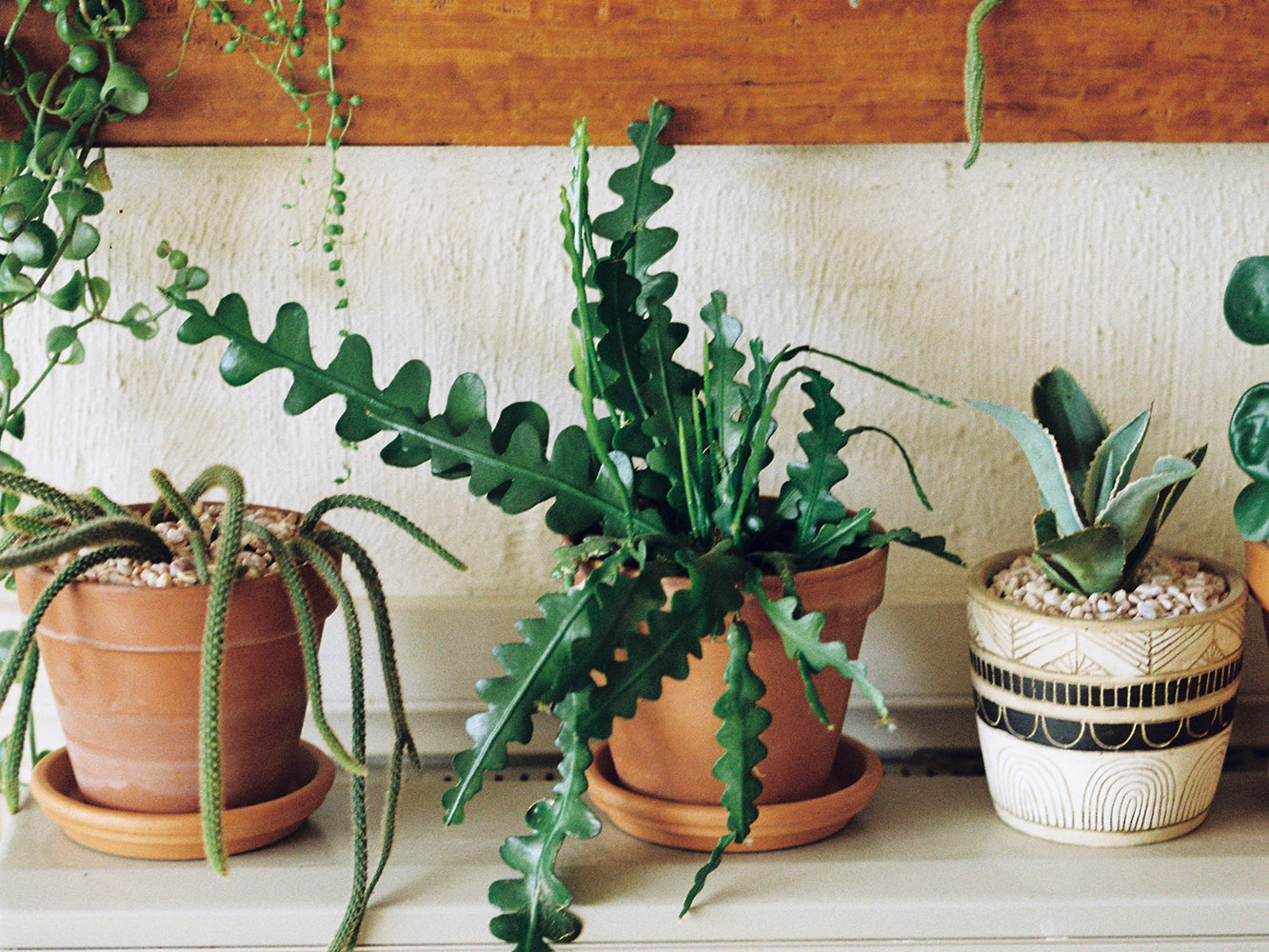
Collecting and caring for houseplants isn't exactly a new thing, but in recent years, the idea of "plant parenthood" has really taken off. I think it even hit its peak during quarantine when most of us were at home with a lot of time on our hands. For some people, taking care of their plants can be a fun hobby and a therapeutic experience. And not to mention, a room full of plants just looks pretty good, decor-wise, too.
Maria Failla, plant expert and host of the Bloom Grow Radio podcast, agrees on all of the above, especially the therapeutic part. She recently wrote a book, Growing Joy: The Plant Lover's Guide to Cultivating Happiness (and Plants), which focuses on "the power of plants and how they help you disconnect from the stresses of modern life and grow joy." In short, she's a firm believer that plants are a huge part of self-care.
"Although I initially got into plants to make my home look beautiful, I stayed with this hobby because I realized plants were the number one wellness tool I had ever experienced when it came to living a calmer, more connected life," Failla says. "If I could give everyone one tip that truly changed my life, it would be, 'Look at a plant before you look at a screen.' We are all so attached to our phones, apps, and screens that many of us don't even realize that we give ourselves no space or time for actual, original thought."
And her new book has even more tips and ideas for using plants as a wellness tool. "The fun thing about the book is there are over 60 different plant care/self-care practices that span a wide variety of interests and levels of comfort. There are nature-based practices for those who want to be outside, and houseplant-based practices for those who prefer to be indoors. For plant nerds, I've got overviews of science-based theories and studies proving how and why plants make us happier. For fellow 'woo-woo' women I've got my favorite plant-inspired affirmations and even a planty song section."
If you're intrigued and looking to add plants to your home to improve your wellbeing, Failla shared all her best tips with us below.
How to Choose a Plant Based on Your Personality Type
To figure out your plant personality type, take the quiz on Failla's site and then read below.
Mindful Plant Parents: [They] would love moisture-loving plants like a fern, prayer plant, orchid, or air plant that require lots of TLC.
Low-Key Plant Parents: Need drought-tolerant plants like a snake plant, ZZ plant, or monstera.
Design-Based Plant Parents: Should look at sculptural plants that look like statues: like a Raphidophora tetrasperma (mini monstera) or a fiddle leaf fig tree (only if they have bright light).
Curious Collector Plant Parents: Could have fun collecting different species of the same plant genus, like hoya, sansevieria, or philodendron.
Urban Farmer Plant Parents: [They] live to grow their own food. Try a 6-inch pot of your favorite herb, or you can go big like I did with a 6-foot indoor hydroponic grow tower!
Top Tips for Plant Care
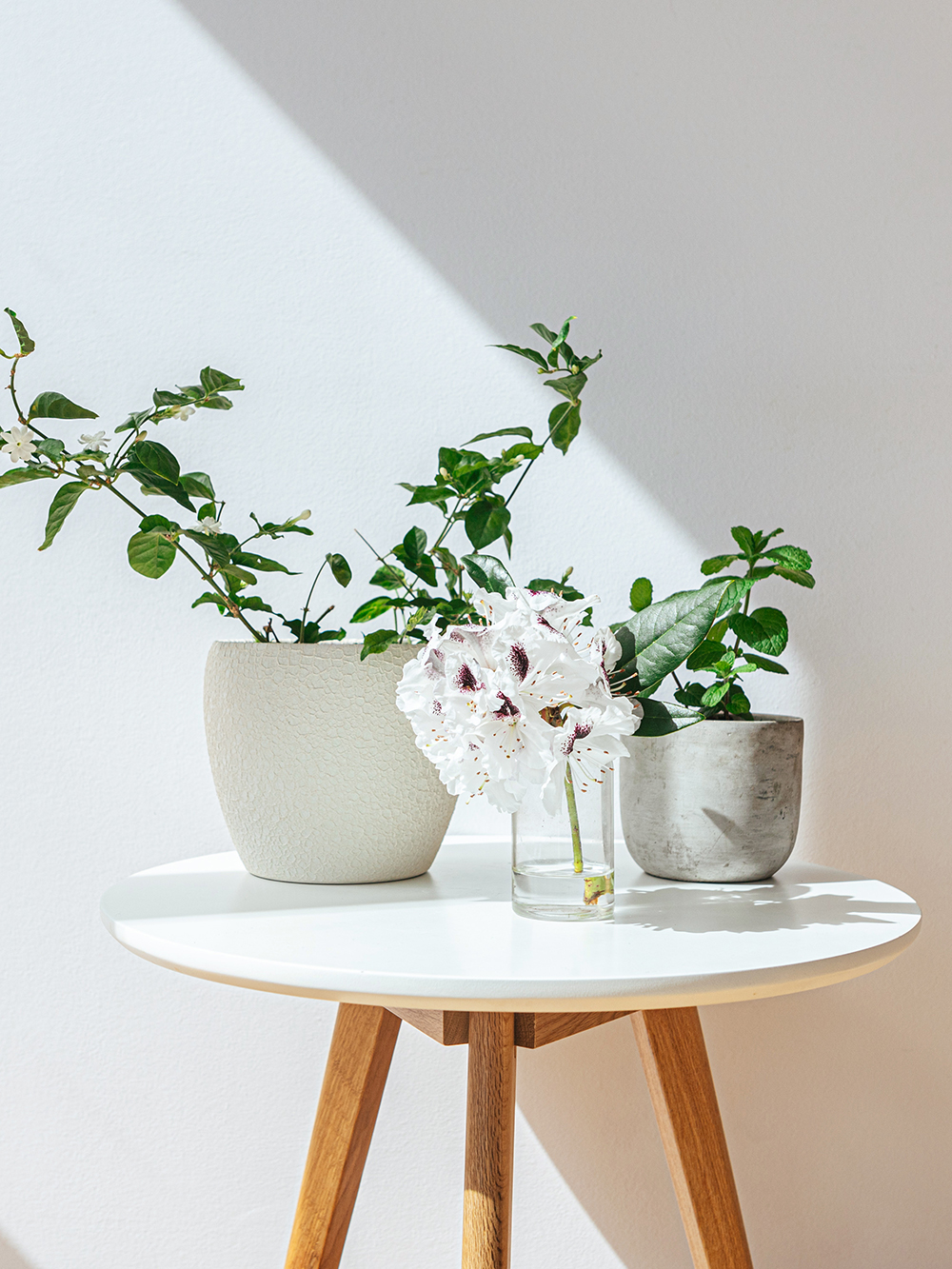
Know Your Light: Failla says everyone's indoor lighting environment varies drastically based on your window orientation, what's surrounding/shading your home, and your general home location. So, you need to really understand your specific lighting environment and pick plants that will thrive in that. "Some quick rules of thumb: If windows are unobstructed, Southern- and Western-facing windows get the most light, Northern windows get the least amount of light," Failla says. "Also, the light drastically decreases the minute you move a plant from a windowsill to a coffee table over a foot from the windowsill. So try and keep your plants close to windows so they can soak up those rays." Failla also has a free download on her website that walks you through how to understand the natural light in your home.
Use Pots With Drainage Holes: Failla says that it's possible to care for a plant in a pot with no drainage holes, but she doesn't recommend this for beginners. "Plants’ roots need water, but also exposure to air. When you overwater a plant, the water takes up too much space in the growing media, and the roots suffocate and die," Failla says. Using pots with drainage holes allows the excess water to escape and leaves room for the roots to thrive.
Water Thoroughly But Not Frequently: "I think overwatering is one of the top ways beginners accidentally kill plants," Failla says. "You want to think about mimicking nature, so when you water your plants, water thoroughly so water drips out of the hole at the bottom of the pot, but then give the soil time to try out. Most plants don't need another watering until the top centimeter to an inch of the soil has dried out. This varies plant to plant but it's a good rule of thumb. Take a mindful moment with your plant and touch the soil and notice if it's cool to touch. Cool soil equals damp soil. Wait a few more days before you water."
Take a Look at the Roots: If you're trying to find out if your plant is dead or can be rescued, Failla recommends taking it out of its pot and looking at its roots: "No roots equals no plant resuscitation. If the plant has no roots, or the roots are brown and crispy, I would advise composting this plant, identifying what went wrong, and getting a new one and trying again!" If the plant does have healthy-looking roots but sad leaves, Failla suggests repotting it in fresh potting mix and exposing it to more light. "I also like the plastic bag trick to rehab a plant," Failla shares. "Place your plant in a plastic zippered bag and create a higher humidity environment for it to bounce back in. But make sure it's getting the light it needs."
How to Shop for Plants
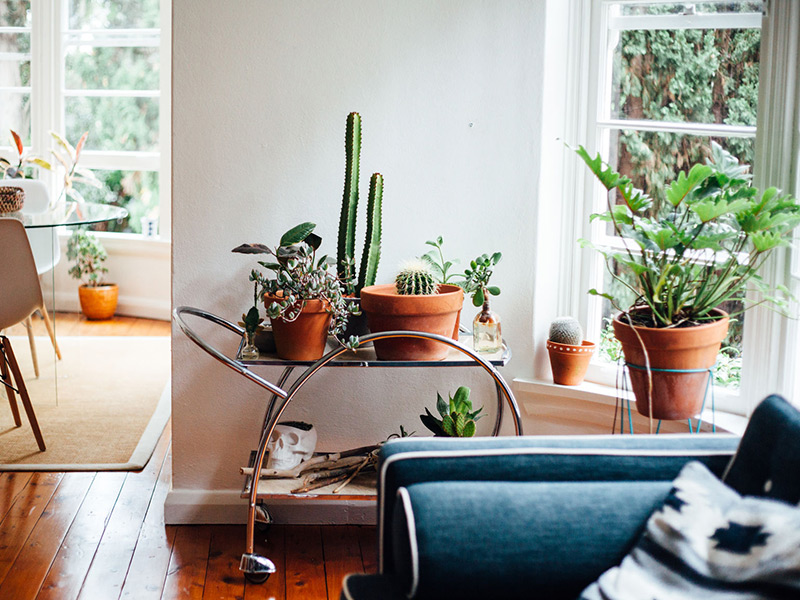
It helps to be prepared with some knowledge before shopping for some plants. Failla shared some things to look for before you buy below.
1. Inspect the Plant: "Take a good look at the leaves of the plant and look for small pests or webbing that could indicate a pest infestation," Failla says. "Plant pests come in all sorts of shapes and sizes, can be really small, and often hide on the underside of leaves, so make sure you take a good look before you purchase."
2. Take the Plant Out of the Pot: Failla recommends checking if it's root-bound. "This is when the plant has outgrown its pot and the roots start circling the bottom of the pot in the pattern of the pot," she explains. "If it's one or two circles, you can still buy the plant, and pot it in a pot two inches larger when you get home. But if the roots are an entangled mess or matt of intertwined roots, leave that plant be and look for a better, less entangled option."
3. Befriend the Plant Shop Associates: Failla says they can be your greatest ally when choosing a plant for your home. "Don't be afraid to ask the plant's name, light requirements, watering requirements, and if it's toxic, so you can make an informed decision about whether its right for your home," Failla adds.
4. Pick a Nontoxic Plant: Failla recommends this if you have pets or small children since there are several houseplants that are mildly toxic to them. She has an episode on her podcast with more details on this topic.
Next: I Tried Pottery Classes as a Way to Better My Mental Health—Here's What Happened
This article is provided for informational purposes only and is not intended to be used in the place of advice of your physician or other medical professionals. You should always consult with your doctor or healthcare provider first with any health-related questions.
Sarah is lifestyle writer and editor with over 10 years of experience covering health and wellness, interior design, food, beauty, and tech. Born and raised in Los Angeles, she attended New York University and lived in New York for 12 years before returning to L.A. in 2019. In addition to her work atBest Knockoff Luxury Clothing , she held editor roles at Apartment Therapy, Real Simple, House Beautiful, Elle Decor, and The Bump (sister site of The Knot). She has a passion for health and wellness, but she especially loves writing about mental health. Her self-care routine consists of five things: a good workout, “me” time on the regular, an intriguing book/podcast/playlist to unwind after a long day, naps, and decorating her home.
